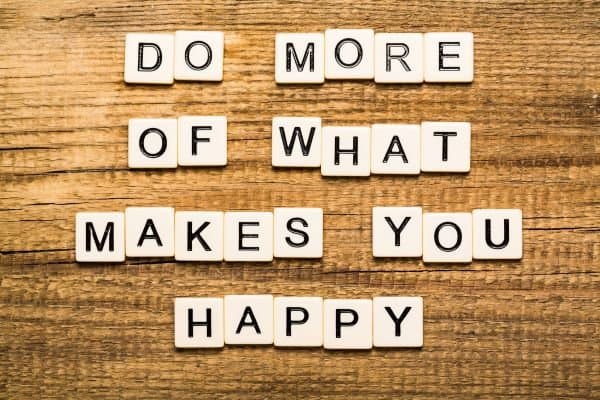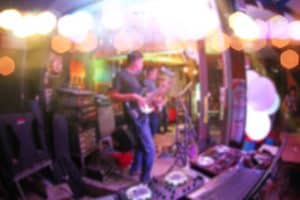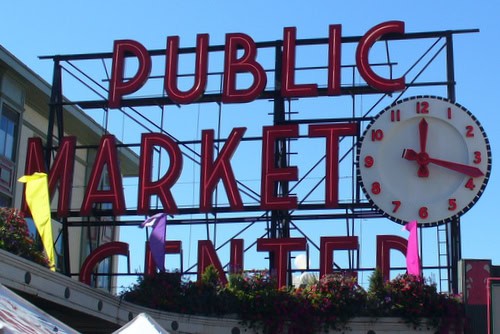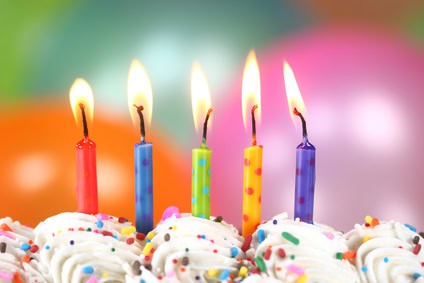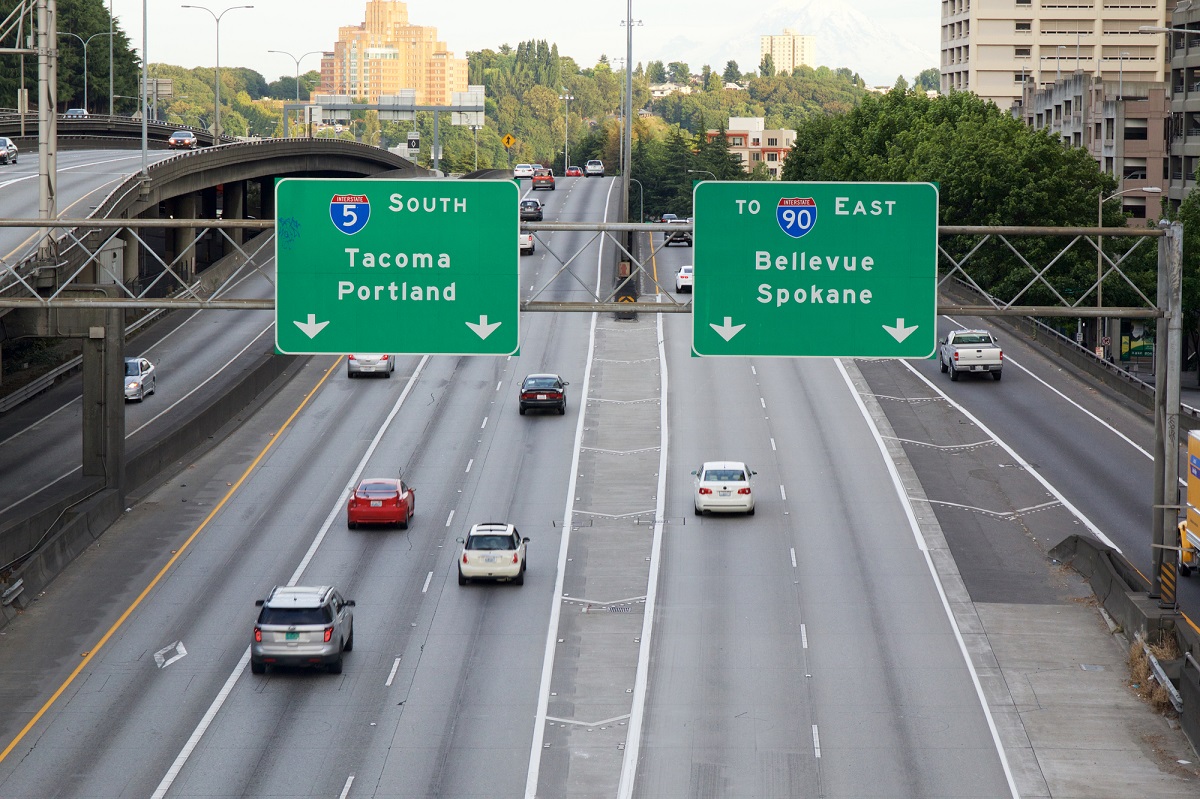We’ve updated this content for Lunar New Year 2025, which begins on Wednesday, January 29, 2025. It is the Year of the Snake. Snake years include 1953, 1965, 1977, 1989, 2001, 2013, and 2025. The next Snake year is 2037.
The Seattle-Tacoma metro area is home to a diverse community of Asian cultures who celebrate the Lunar New Year (aka Chinese New Year). These celebrations welcome the return of spring and chase out the dark days of winter (and the evil spirits who lurk there) with the lion dance, firecrackers, special foods, and other traditions.
Preparations may begin one or more days before the first day of the Lunar New Year and may continue for several days. Some traditions include cleaning and decorating the home, buying new clothes, exchanging small gifts or cards, paying respect to ancestors, and eating special foods. Lunar New Year is observed throughout East Asia and each country celebrates in its own way. Listed below are a few of these celebrations.
- In Vietnam, Lunar New Year is called Tet or Tet Festival, short for Tet Nguyen Dan (“Festival of the first day”).
- In South Korea, Lunar New Year is called Seollal.
- In Japan, Lunar New Year (aka Chinese Lantern Festival) is known as Koshōgatsu (“Little New Year”). In 1873, Japan adopted the Gregorian calendar and begin celebrating the New Year on January 1.
About Lunar New Year
Chinese Lunar New Year occurs somewhere between January 20 and February 10, nearly halfway between the winter solstice and spring equinox. The years of the Chinese calendar follow a 12-year cycle. Each year is associated with one of 12 animal symbols in the Chinese zodiac.
According to legend, the Jade Emperor invited the animals of his kingdom to enter a race through the countryside. The first 12 to finish the long race would each rule over one year every 12 years. The 12 animals (in order each year) are: rat, ox, tiger, rabbit (cat in Vietnam), dragon, snake, horse, sheep, monkey, rooster, dog, and pig.
In Vietnamese culture, people celebrate Tet, which means “joint of a bamboo stern” meaning, the “beginning of a period of the year”. There are many Tets throughout the year (Mid-autumn Vietnamese New Year, Cold Food Vietnamese New Year, etc.). But the most significant of all is “Vietnamese New Year”, marking the Lunar New Year.
There are many ways to say Happy New Year.
- In Cantonese, Gung Hay Fat Choy is a common Cantonese greeting for Lunar New Year that wishes the receiver prosperity. So, it’s not strictly a “happy new year” phrase.
- In Mandarin, say Shin Nee-an Kwai Le. To friends and family, you can use the less formal Mandarin Shin Nee-an How.
- In Vietnam, on the day of Tet use Chuc Mung Nam Moi to wish yourself and others a Happy New Year.
- In South Korea, saehae bok mani badeuseyo translates to “Lots of luck or blessings in the New Year” or simply sae-hae, which means “blessings” or “fortune”.
It is traditional in many cultures to begin the Lunar New Year with a festive meal the evening before.
- Foods for Chinese Lunar New Year include long noodles, dumplings, rice cakes, spring rolls, turnips and radishes, fish, pork, and other dishes.
- Traditional Tet foods include special rice cakes called Banh Chung and Banh Tet, roasted watermelon seeds, pickled onions, boiled chicken, mung bean pudding, Vietnamese sausage (giò chả), red sticky rice, and sweet dried fruits.
- Korean celebratory foods include Tteokguk (rice cake soup) and Jeon (savory pancakes).
Here are links to Asian New Year foods and recipes for creating your own celebration:
- 16+ Korean Lunar New Year Foods (Seollal) | Beyond Kimchee
- 38 Lunar New Year Foods to Greet the Year of the Dragon | Epicurious
About the Lunar, Gregorian, and Solar Calendars
Today, much of the world follows the Gregorian calendar, which is based on the solar year. The solar year is 365 days, which is the time it takes for the Earth to orbit the Sun. The solar year (also called a tropical year), can be measured from the solstices (mid-summer and mid-winter) or the equinoxes (spring and fall). In actuality, a solar year is a tiny bit longer than 365 days—about 5 hours, 48 minutes and 45 seconds, which is why there’s a leap year every four years to add a day to compensate for this accumulated time.
In contrast to the solar calendar, the lunar calendar follows the phases of the moon. As you might guess, a phase is how long it takes the Moon to orbit the Earth. There are 12 lunar months in a year and each lunar month averages about 29.5 days. If you are doing the math, there is an 11-day discrepancy between the solar and lunar calendars. So, a lunar “leap year” occurs every three years and adds a 13th month.
The phases of the lunar month begin with a new moon when the moon is directly in-between the Sun and Earth. As they days go by, the moon moves behind (“waxes”) Earth and appears crescent shaped in the sky. When the moon reaches the other side of our planet, it becomes a full moon. Now Earth is between the Sun and Moon. Finally, the Moon completes its orbit (“wanes”), until it is once again new, between the Sun and Earth.
Jews and Muslims follow the lunar calendar. Chinese calendars are a type of lunisolar calendar, a combination of a solar calendar and a lunar calendar.
But wait, there’s more!
- Find more Chinatown-International District festivals and events.
- Find more Cultural heritage festivals in the Puget Sound region.
- Head to our solstice page for more solstice and equinox information and a calendar of related lantern festivals and light shows that occur throughout the year.
- And here’s a list of 101+ always free things to do for fun.
- Find free and cheap things to do every day on the Greater Seattle on the Cheap event calendar.
- Visit the Greater Seattle on the Cheap home page and choose from a menu of free and cheap activities in the Puget Sound region.
Love our cheap ideas? Get our FREE email newsletters. Choose from daily, weekly, and monthly lists. Click here to subscribe.
Event calendar of free and affordable things to do
Listed below are all types of free and affordable things to do in the next 30 days.
Featured Events are listed first each day, highlighted by a photo. These are unique, popular, or annual events that we or our advertisers don’t want you to overlook.
Find more events and ideas for affordable living at Greater Seattle on the Cheap – Free things to do, cheap fun, discounts and deals in the Seattle-Tacoma metro area

